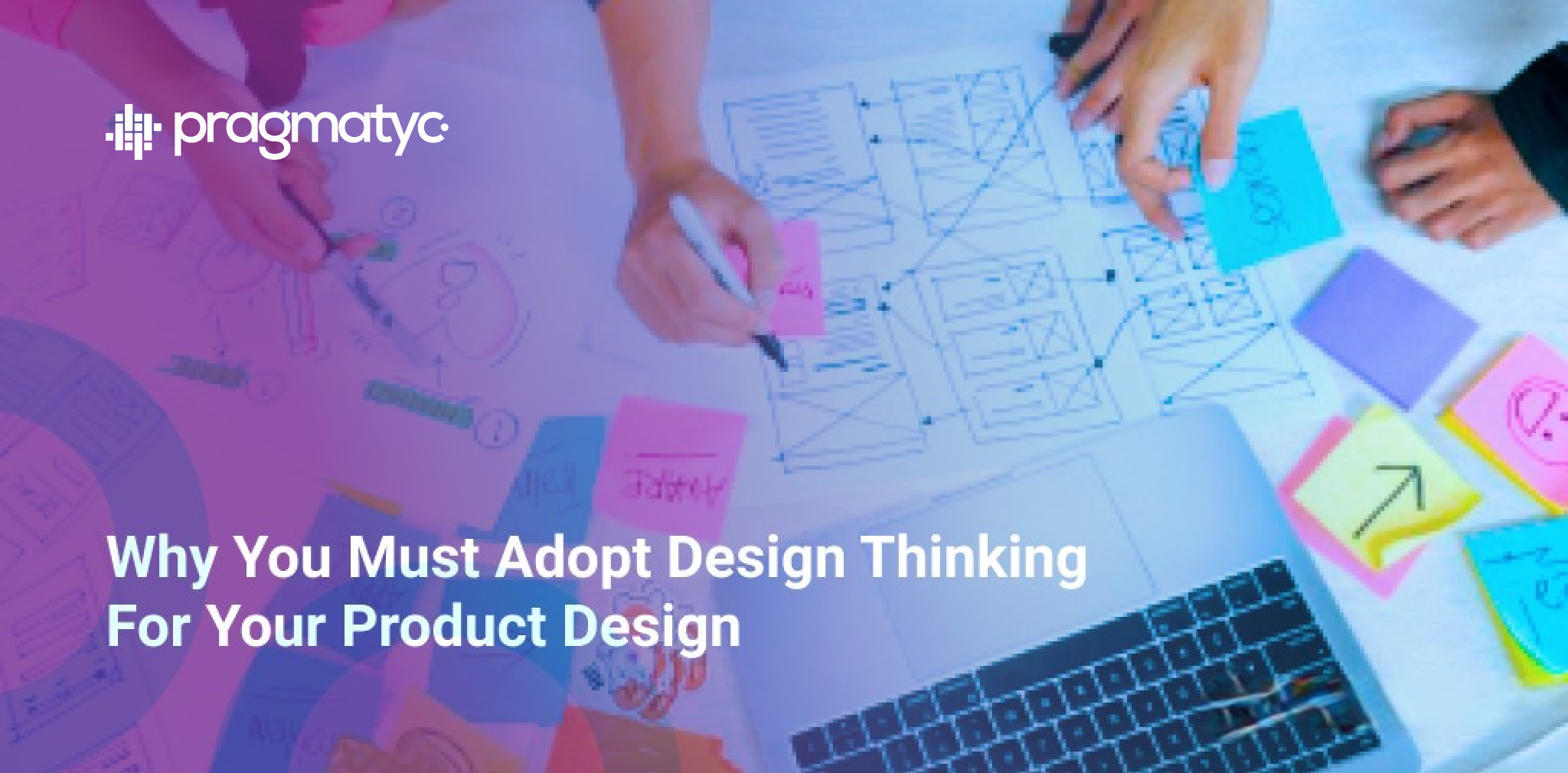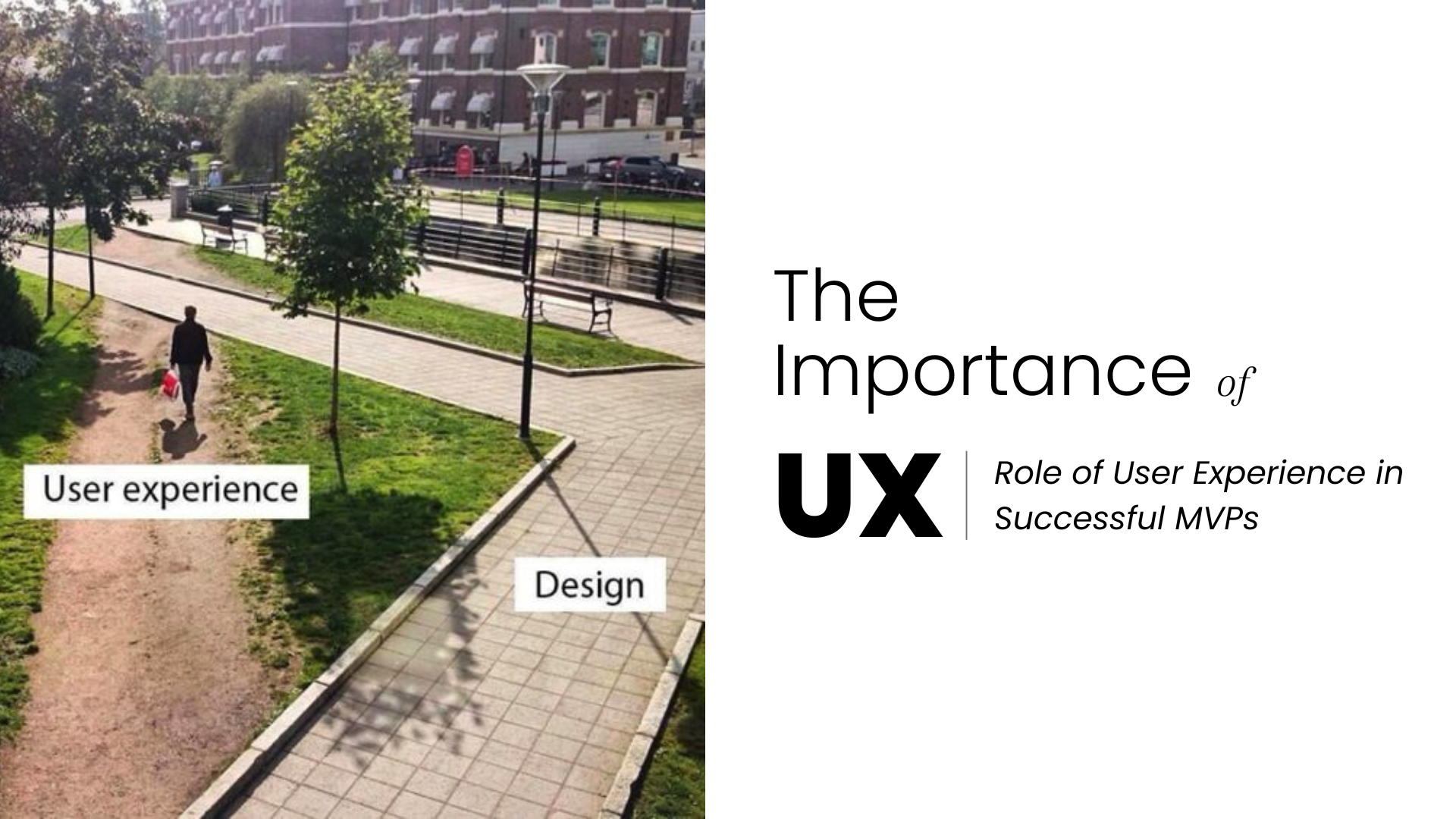When we hear the word ‘design,’ it’s natural to think of the aesthetics of a product. However, design thinking goes beyond that. It is about approaching and solving a problem creatively. It’s about keeping the customer at the heart of the product development strategies and creating memorable experiences for them. Design thinking is what differentiates industry leaders from the rest.
Take the example of Apple. It struggled a lot when Steve Jobs was unceremoniously ousted in the 80s. In his absence, the share price had hit rock bottom of $5. But, when Jobs re-joined the company, he took the design thinking approach. So, he built such products that today, owning an Apple product has become a matter of pride. As a result, Apple has become one of the most valued companies in the world.
ABN AMRO is another example of a bank that has successfully implemented design thinking. Banks typically focus on daily operations and compliance. But given that it’s a customer-centric industry, design thinking is critical. ABN AMRO not only set up an innovation centre, but it has also trained its employees to become design thinkers to solve customer problems at scale. This has helped the bank to deliver exceptional services and products to customers.
Apple and ABN AMRO are just two examples of companies that have successfully adopted design thinking. In addition, according to an assessment done by the Design Management Institute, companies like Nike and IBM that adopted design thinking have outperformed S&P500 by 211%.
Let’s dig further to know what value design thinking can generate for a company and how they can implement it.
Why Adopt Design Thinking for Product Design
Build customer-centric products
When Airbnb started, it made less than $200 per week. The founders could not find the exact reason until one day, Joe Gebbia, one of the co-founders of Airbnb, looked at the app like a user. He found that the pictures of the properties were not good. So he and Paul Graham rented out a camera, clicked pictures of the properties in New York, and replaced the old ones with the newly clicked ones. The result? The revenue nearly doubled. Today, Airbnb is a highly valued company. The major takeaway from this example is that thinking like a customer will help companies build customer-centric products and grow their business. Identify the needs and challenges of the customers and create products they desire and deserve. By doing so, Companies can reduce customer churn and improve customer lifetime value (LTV).
Solve customer problems
The foundation of design thinking is to solve customer problems creatively. Design thinking takes a structured approach of identifying the problem, empathizing with the user, and solving it. It need not be anything complex. Let’s look at a problem that Amazon solved. Several studies have shown the average cart abandonment rate to be 70%. There could be many reasons for it. Baymard’s research showed that 18% of the respondents abandoned the cart because of the complicated checkout process. Amazon introduced a one-click button to order products on their app. It reduced the friction in shopping and saved customers’ time, as they did not have to enter their address or payment details manually. The customer could quickly complete the entire checkout process with just one click, which reduced the cart abandonment rate.
Improve ROI
By embedding design thinking, companies can build better products and generate higher ROI. According to Forrester’s Total Economic Impact study, companies that adopt design thinking witness an increase in ROI by 300%. Also, McKinsey’s study showed that a human-centric design approach could help companies increase their revenue by 32% and provide 56% more returns to stakeholders. When McKinsey analyzed the success of 300 companies, they found that they commonly focused on four themes.
- They would track the design’s impact regularly and make tweaks continuously.
- They were constantly in touch with the customers and put them at the heart of everything they designed
- They inculcated a culture of design thinking and even included designers in cross-functional teams.
- They encouraged research in early prototyping, iteration, and even after launching the product to improve the customer’s experience.
Competitive edge
Companies that incorporate design thinking in their strategy drive innovation and gain a strategic advantage over their competitors. Companies that design thinking uses a continuous feedback loop, which helps them identify potential bottlenecks, update the product and meet customer expectations. Customers like to be heard. By continuously listening to their demands and iterating the product, companies can win over them and retain them. Also, considering that the customer feels wanted, they turn into brand advocates, which gives the company an edge over others.
Drives innovation
Design thinking propels innovation and encourages companies to disrupt their industry. Many leading companies like P&G have started their innovation centre. UberEATS holds regular innovation workshops to cultivate the culture of design thinking within the organization. As customer demands change, companies will have to keep pace meeting them. With design thinking, companies can constantly research what customers want and adapt their products to meet those expectations. By researching, companies will also find unexplored areas and build innovative products that could change customer behaviour.
Conclusion
Design thinking works on the five principles – empathize, define, ideate, prototype, and test. To implement design thinking in your product design, do the following:
- Observe your target audience and understand their challenges and expectations by conducting surveys and interviews
- Define the problem statement to address a challenge. Be as specific as possible and determine the goals to focus the solution around it.
- Ideate and brainstorm on potential solutions with other stakeholders
- Once the ideas are narrowed down, select a few of them to build a prototype.
- Test the prototype to see if it addresses the problem. You can invite your users to test and share their opinions too. Once you know it works, you can spend time and money to implement the solution.
Need help in implementing design thinking in product design? Let’s talk.




